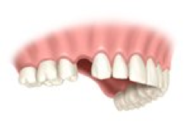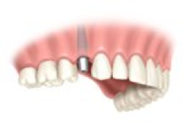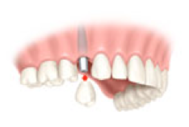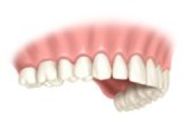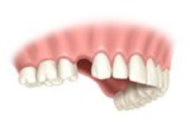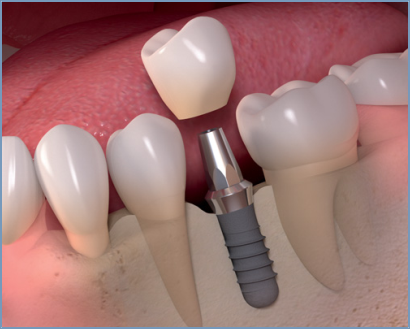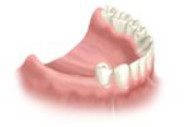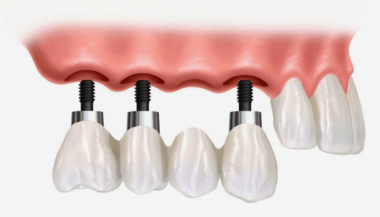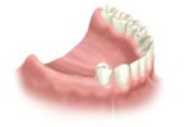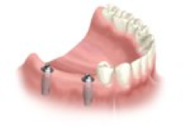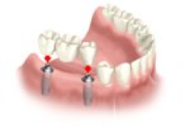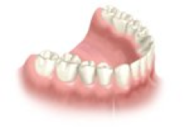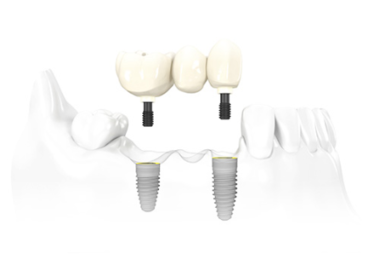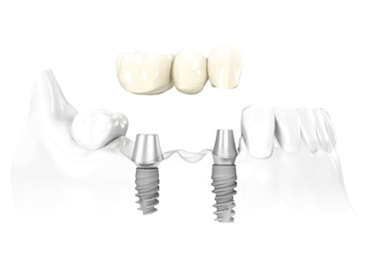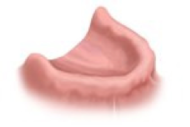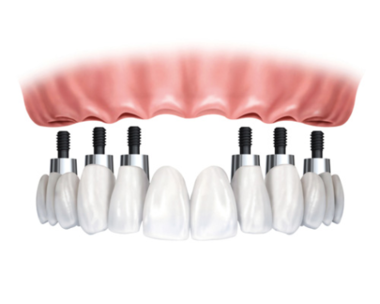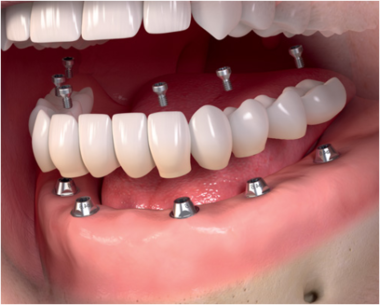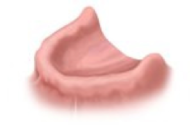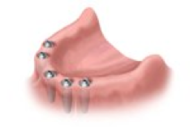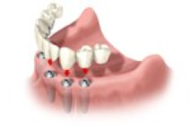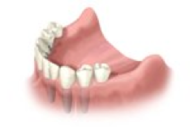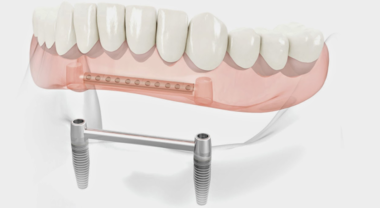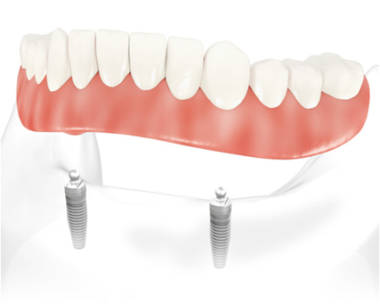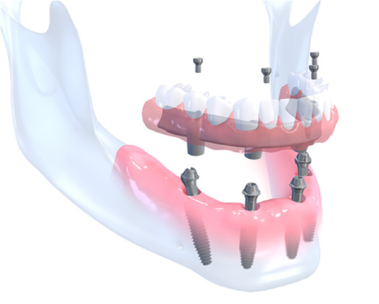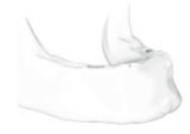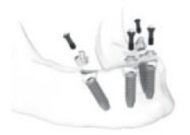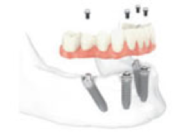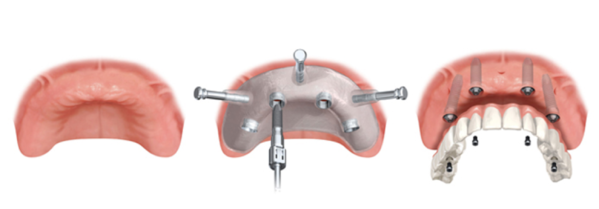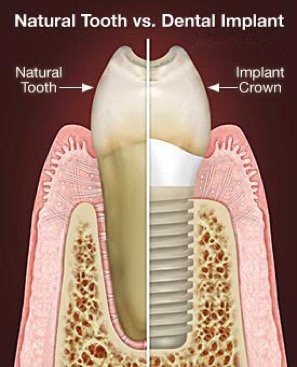
Patient information © 2017 VDW GmbH, München
With thanks to our strong endodontology partner.
My own teeth – for all my life
Your teeth should last your whole life time. Due to diseases or accidents, yourteeth or their roots may become damaged and an endodontic treatment,also called root canal treatment, might be necessary.What exactly is an endodontic treatment? What will happen to me? These and more frequently asked questions on endodontics will be answered in the following pages, illustrating how worth your while it is, to conserve your teeth.
Why would I need an endodontic treatment?
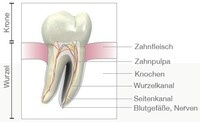
The soft tissue in a tooth is called dental pulp. It consists of nerve fibers, blood and lymphatic vessels and connective tissue. The pulp may become inflamed and infected by bacteria due to a deep-seated cavity, a crack in the tooth, a broken off tooth or a gap between tooth and filling. The tooth may react to cold or heat causing sudden or lasting pain. Nevertheless, the infection could also stay unnoticed until discovered on an x-ray or during a sensitivity test while at your dentist.
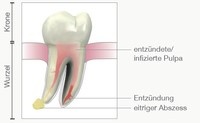
If the inflammation is not treated, bacteria might destroy the entire dental pulp and spread into the jaw-bone causing bone-loss, purulent inflamma-tion, weaken the general immune system or trigger diseases in other parts of the body.
The only possibility to permanently keep the in-flamed tooth without risk of disease is through endodontic treatment (from the Greek endo ‘inside’ and odons ‘tooth’), i.e. a root canal treatment. To-day, a root canal treatment will save a tooth which formerly could not have been saved.
What is an endodontic treatment?
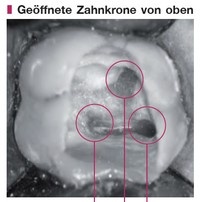
Opened crown from above
Root canal treatment is a procedure that can save a diseased and infected tooth for many years to come. First, the dentist removes the infected or dead nerve tissue. Then the hollow space in the root is cleaned and disinfected thoroughly to the tip, eliminating bacteria and other germs. The canals are then filled and sealed, minimizing the risk of new infection.
Root canal treatment may take one or several visits. The sequence is usually as follows:
What actually happens in detail?
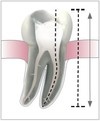
1. Opening the tooth
First, the tooth to be treated is numbed. With a rubber dam, it is isolated to prevent saliva from reaching the tooth and rinsing solution from entering the oral cavity. When the dentist has opened the tooth, the canal entrances must be found and accessed and the pulpa has to be removed thoroughly. For the treatment to be successful, it is important to find all canals so the bacteria can be removed. Optical magnification with a dental loop or microscope can be very helpful in the search.
2. Determining the canal length
For optimal cleaning, the length of the root canal must be determined correctly. In addition to the traditional x-ray imaging, modern computer assisted electrical devices are available to ascertain the root canal length with precision that x-rays alone are not able to achieve.
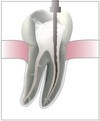
3. Cleaning the root canals
Once the length of the root canals is determined, they are either cleaned with very fine hand instruments or very flexible rotary instruments made of a nickel/titanium alloy. The highly flexible nickel / titanium instruments make it possible to treat even complex and strongly bent canals. This modern preparation method provides treatment results of a quality unthinkable just a few years ago. Thanks to these instruments, endodontic treatment, one of the most difficult procedures in dentistry, becomes easier, safer and more predictable.
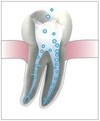
4. Disinfecting the root canals
During and after root canal preparation, the root canals will be thoroughly cleaned with disinfecting solutions. The efficiency of these solutions may be increased with ultrasonic activation.
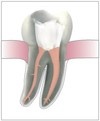
5. Filling the root canals
There are several methods and materials for filling the root canals. In most cases gutta-percha, a natural and elastic material, is used in combination with an adhesive. Warm gutta-percha is introduced into the canal to fit the canal anatomy and to fill the hollow spaces and lateral canals. Gutta-percha may also be introduced in the canal coldly. It is important to completely and hermetically fill the canals to prevent bacteria from re-entering and causing a new infection.
6. Sealing the tooth
Once the root canals are filled, the opening in the crown of the tooth will be sealed with a stable and dense filling.
Electronic length determination
Apex locator with touch and zoom for high-precisely length-determination
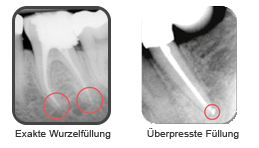
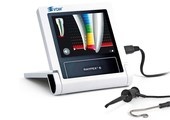
Will I feel pain during or after the treatment?
Today’s modern techniques and anesthetics allow almost always for pain free treatment. In rare cases, the tooth may be tender for a short time after the treatment. If necessary, a painkiller will help relieve the pain. If the pain gets stronger or persists, please contact your dentist.
What happens with my tooth after the treatment?
A root canal treated tooth needs to be checked regularly by your dentist. Under too much stress, many root canal treated teeth have a higher risk of breakage. Therefore, it may be necessary in some cases to provide the tooth with a full or partial crown. Especially when a tooth has only little tooth substance left over, a core build-up with a root post might be recommendable.
What is the lifespan of a root canal treated tooth?
According to the German Society for Conservative Dentistry, the expected success rate for long-term conservation of a root canal treated tooth is 95% when the initial treatment was uncomplicated. In more complex cases or when a treatment must be repeated (retreatment), the expected success rate is still indicated at 80%. Modern treatment methods and techniques will help your dentist to establish the best possible prognosis for your teeth. Nevertheless, no medical treatment is able to guarantee a 100% success rate. Your dentist will inform you about your individually expected success rate.
What are the alternatives to endodontic treatment?
The alternative to root canal treatment would be the removal of the tooth. A missing tooth might cause difficulties such as tooth migration, change of bite or cosmetic problems. The tooth must be replaced either by an implant, a bridge or prosthesis to restore chewing function and to prevent mal-positioning of the neighbouring teeth. These methods have inherent disadvantages. Therefore, replacing will never compare to the benefit of saving your own tooth, no matter how modern the method. Furthermore, in many cases, endodontic treatment is significantly more cost effective.
How much will the treatment cost?
Costs for a root canal treatment depend on the anatomy of the tooth, the number of canals and what materials and devices will be used. Your dentist will be pleased to advise you and inform you in detail about the costs to be incurred.
Electronic length determination
Important facts regarding root canal treatment
Before instrumentation or placement of a filling, the exact root canal length needs to be determined. This is particularly important since only a root canal filling which reaches up close to the root canal tip will be able to preserve your tooth long-term. If the filling is too short, bacteria would remain within the tooth. If, however, the filling is too long, the bone might suffer and an inflammation might occur.
Problems with the traditional measuring method
A few years ago, radiographs were the only option to determine the exact root canal length. Since, however, a radiograph is merely a two-dimensional picture of a three-dimensional root canal, the exact determination of the root canal length was often difficult. This results in inadequate root canal treatment.
Electronic length determination - an advanced measuring technique
Due to the introduction of so-called electronic length determination devices, a measuring technique is now available permitting a more precise determination of the root canal length compared to traditional radiographs. The RAYPEX®6 electronic length determination device enables the dentist to determine the exact position of the apex via impedance measurement. This, in turn is the basis for a successful root canal treatment.
Thanks to this modern measuring device, the number of radiographs necessary during the treatment may be reduced.
Results of scientific studies
Moscoso S., Pineda K., Basilio J., Alvarado C., Roig M., Duran-Sindreu F.
"Evaluation of Dentaport ZX and Raypex 6 Electronic Apex Locators: An In Vivo Study."


